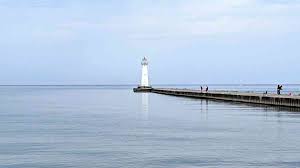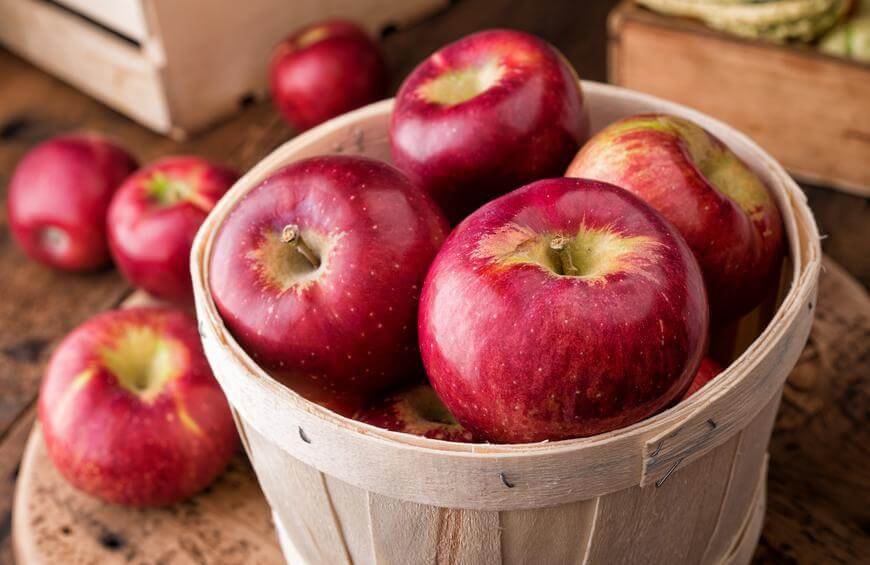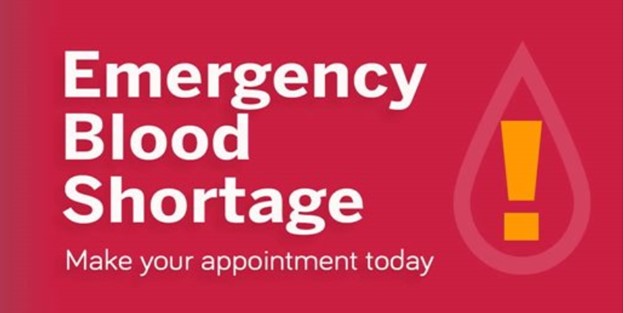Spring a critical time for Lake Ontario outflow regulation

Spring is a critical period for Lake Ontario outflow regulation, as the International Lake Ontario – St. Lawrence River Board is closely coordinating with the Ottawa River Regulation Planning Board during the Ottawa River snowmelt (freshet), to have the highest outflow from Lake Ontario while balancing impacts upstream and downstream on the St. Lawrence River.
Inflows from Lake Erie, precipitation, runoff, snowpack, along with the snowmelt in the Ottawa River basin are the primary drivers of water level fluctuations this time of year. These conditions are different each year, made more challenging by dynamic spring weather, making it difficult to accurately forecast water levels.
Recent conditions and the forecasted outlook across the basin suggest that the Lake Ontario water level will remain well above average, but below what was seen in 2017 and 2019, for this time of year.
March Lake Ontario outflows were again a new record for the month, the third straight month of record-high outflows under the International Lake Ontario – St. Lawrence River Board’s deviation strategies.
The delayed opening of the St. Lawrence Seaway, in combination with seasonable weather and favorable conditions in the Ottawa River basin, allowed the board to remove an extra 3.46 cm from Lake Ontario. This would not have been possible had the Seaway opened on March 20.
The Ottawa River freshet began around mid-March, but only really picked up following heavy rain and mild temperatures around March 27, the weekend immediately before Seaway opening.
Ottawa River flows have remained elevated since the start of the freshet, and have been increasing recently owing to some occasional scattered precipitation, but also very mild temperatures and significant snowmelt.
While the days have been mild, the nights have been cooler, and these are the types of conditions that allow for a slow, gradual melt, which has helped reduce an above-average snowpack on the Quebec portion of the Ottawa River basin.
In addition to the rising Ottawa River flows, some other large tributaries to the lower St. Lawrence River have also been increasing, and this, along with the high outflows from Lake Ontario, has raised water levels at Lake St. Louis and at Lake St. Peter to their minor flood levels.
Importantly, it is these high levels in the lower St. Lawrence River that have been the factor limiting outflows over the past week, not commercial navigation.
Lake Ontario had been rising gradually for the past couple of weeks, but very slowly recently. As of April 6, the level was 75.26 m (246.92 ft). This is 42 cm above average, but 38 cm below the record-high for this time of year.
It is likely that both Lake Erie and Lake Ontario will continue their seasonal rises in the coming days and weeks, as is typical for this time of year. Lake Ontario outflow remains high currently, despite recent reductions necessary to address lower St. Lawrence River levels, and outflow will continue to be maximized to the extent possible.
Cooler temperatures are currently forecast for the next two weeks. Along with the potential for several precipitation events, not unusual for this time of year, this should allow the slow melt of existing snowpack to continue.
While it is still early, at this point in the season, there are positive signs beginning to emerge that suggest more favorable conditions this spring than during the high water years of 2017 and 2019. The worst-case scenarios are starting to look less likely.
It is important to remember that there is still a lot of snow to melt and the possibility of active and wet spring weather in the coming weeks. Even at the current levels, storms and strong winds can also cause severe damages, and it is always good to have a coastal resiliency plan in place.
Information on hydrologic conditions, water levels and outflows, including graphics and photos, are available on the board’s website, https://www.ijc.org/en/loslrb, and posted to the board’s Facebook page
Provided information





